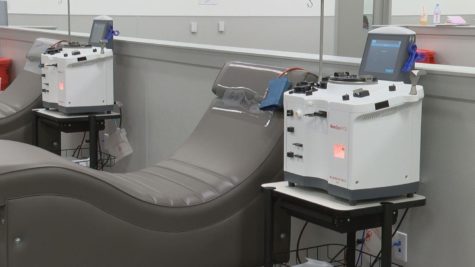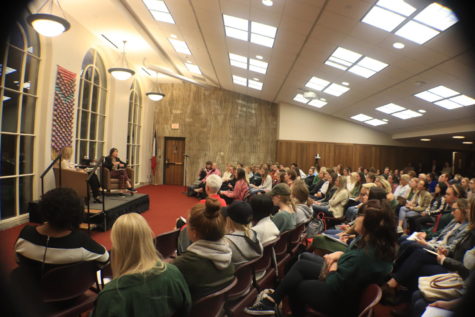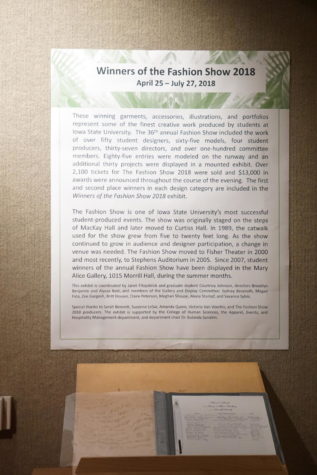Preventative Maintenance: Shin Splints
February 25, 2015
According to Runners Connect, medial tibial stress syndrome, more commonly known as shin splints, is probably the “most universally known running injury.” It begins as an ache on the inside of the shin near the tibia and calf muscles. After time, the injury can diffuse, which is why it may be difficult to pinpoint the origin.
“The term ‘shin splints’ is something of a misnomer because it doesn’t describe accurately what the problem is,” said Shannon Wright, graduate student in education and Sports Club Athletic Trainer through Recreation Services. “There are many muscles that run through the shin area, and ‘shin splints’ is a catch-all term. Each person may have a different injury in the area that he or she classifies as ‘shin splints’ simply because it is on the lower leg. But, the term doesn’t tell you anything about what’s wrong. You could have injured any number of muscles that are there.”
Shin splints are most likely to strike less experienced athletes with very few experienced athletes dealing with them on a regular basis. This proves to be true with Ashley Heath, freshman in open option LAS and member of the ISU Running Club, who has been running for six years now.
“I actually have never had [shin splints],” Heath said. “I’m more of a distance runner, so there is less pressure on my shins when I run, unlike sprinters. I also wear inserts for my metatarsals, which relieves some of the pressure.”
Commonly considered a runner’s injury, the main cause of shin splints is the inflammation of weak muscles due to overuse.
“It’s caused by a lot of things, typically from excessive running,” said Katie Frandsen, junior in kinesiology and health. “It’s due to repeated impact. The ‘behind the scenes’ of shin splints is that not just runners can get this injury, especially when an athlete is cross training to increase sports performance. Movements such as jumping can cause the inflammation, so jump rope, box jumps [and] even burpees can cause the inflammation.”
Once shin splints strike, it may take a few weeks to get rid of them, depending on treatment. Rest and icing the injury allow for proper recuperation as well as continued efforts to strengthen the muscles.
“[The best method to treat shin splints is to] rest and [by] strengthening the muscles that surround your ankle and your shin,” Wright said. “[Do] the four basic motions of the ankle [to strengthen your shin], … resistive motions … and toe taps.”
When the shin splints are finally gone, there are a few things to keep in mind to avoid getting them again, or even to prevent yourself from getting them in the first place.
“To avoid getting shin splints again, I’d suggest changing the ground you place impact upon,” Frandsen said. “Some runners run on grass to change the surface. [Also], a proper warmup can do most of the trick. A lot of people, especially at the gym, don’t warm up and consider the jog before they lift the warmup. Little do they know that their cold shins are absorbing every impact.”
















